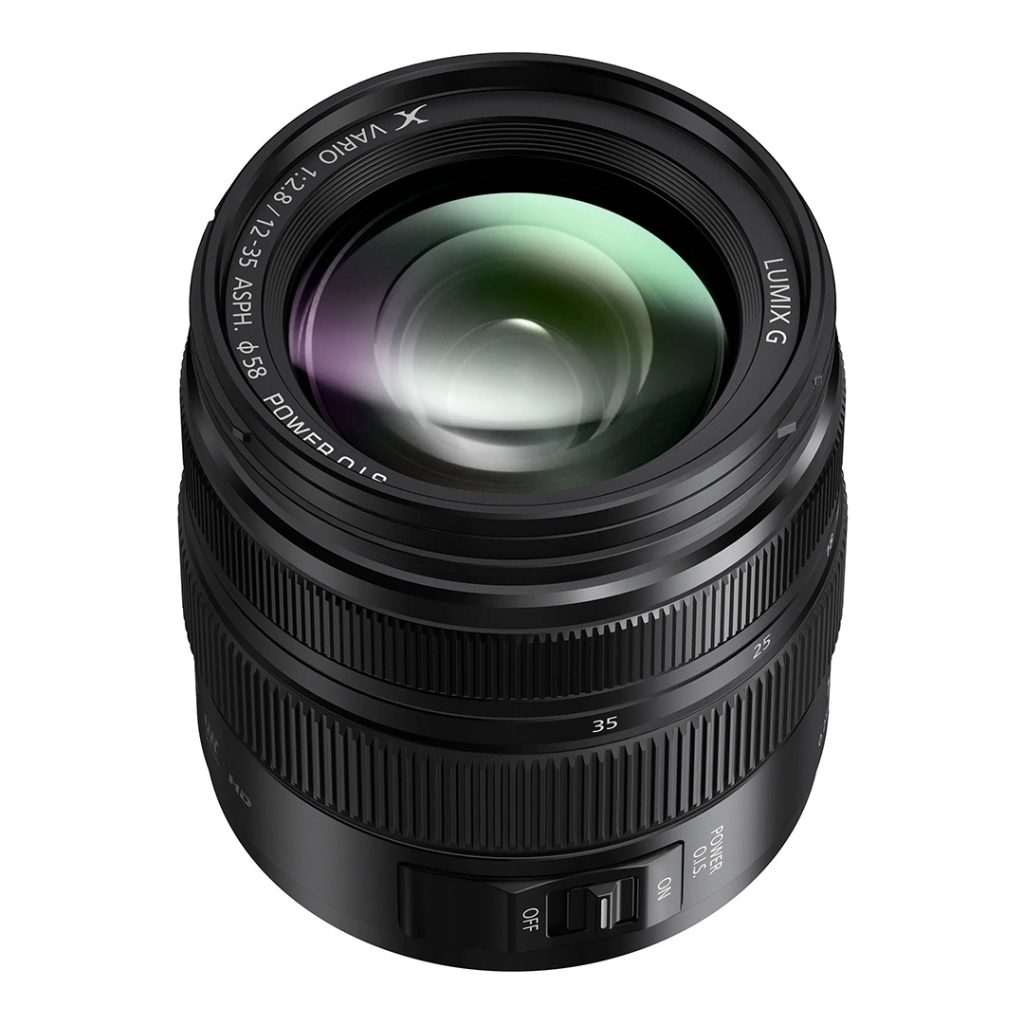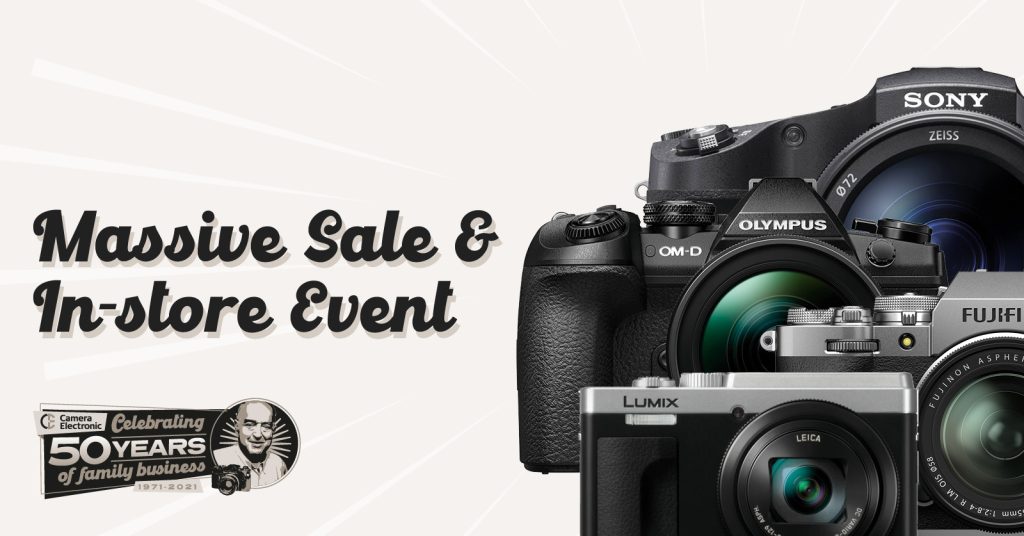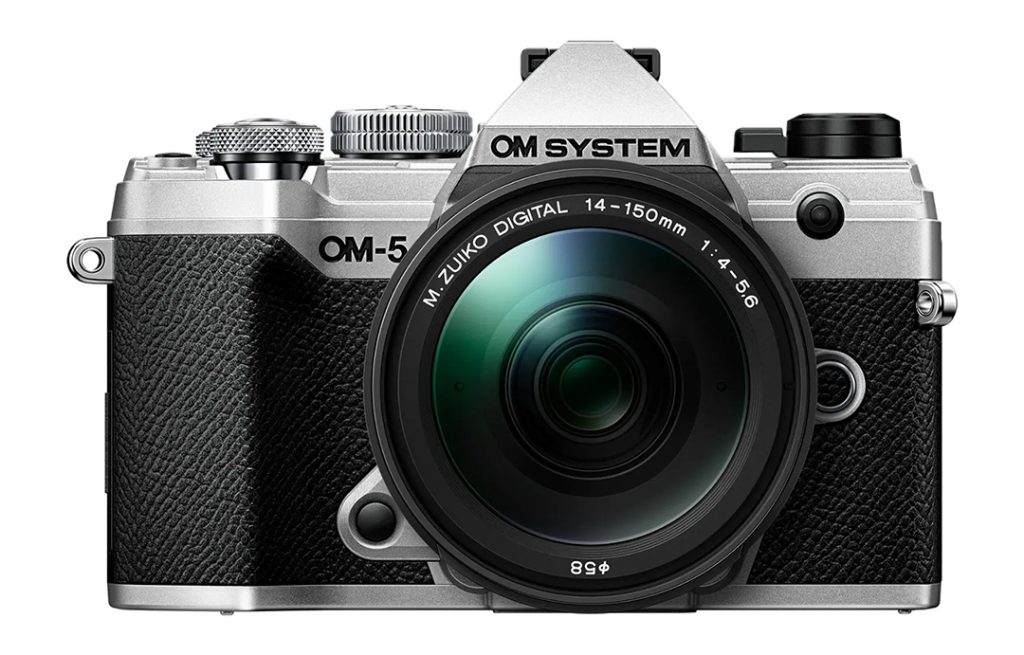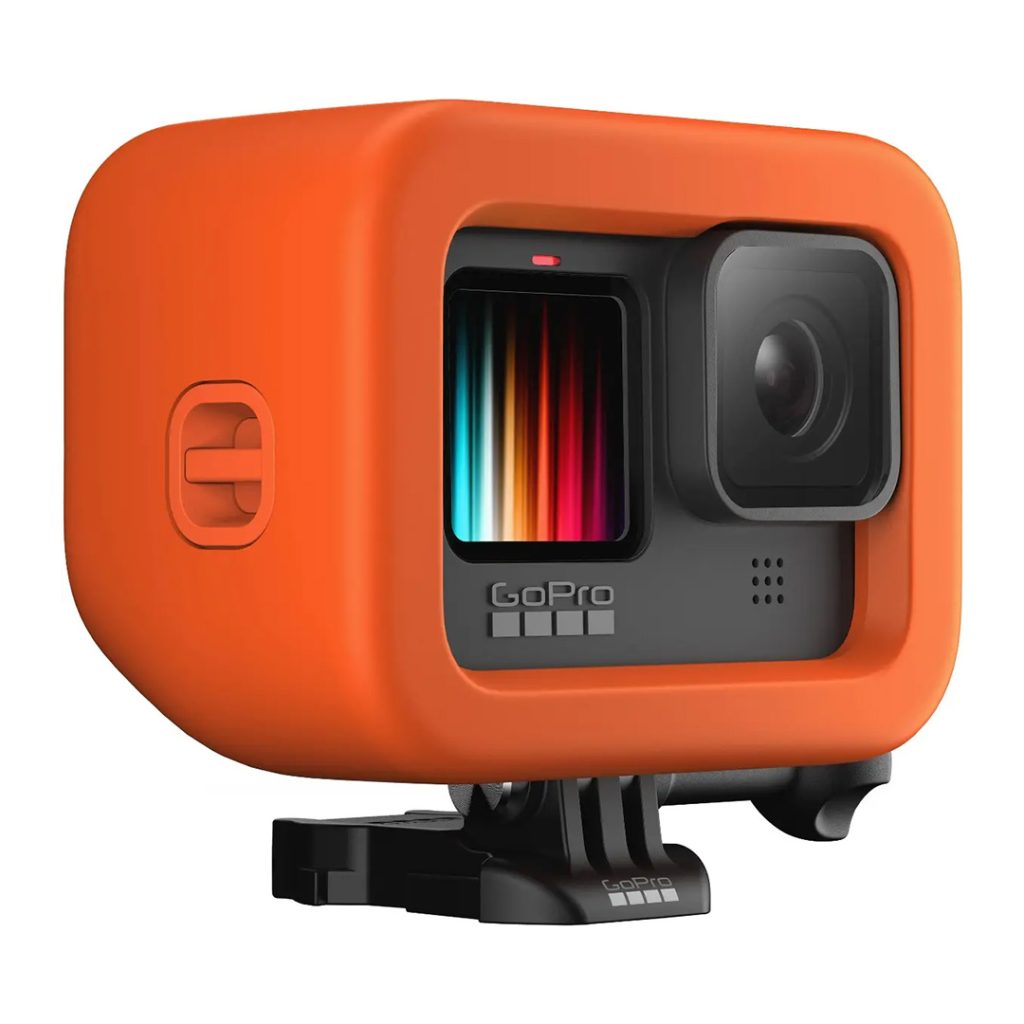Selling higher-priced products can be a tricky endeavour.
With consumers more price sensitive than ever and always on the lookout for cheaper alternatives, convincing buyers to purchase more expensive items requires a bit more time and effort – but when done right, the payoff is well worth it.
In the case of Camera Electronics, they’ve used their time wisely to do just that.
Founded in North Perth back in 1971, the company has spent the last 50 years solidifying their reputation as Australia’s leading retail and online photography store, with thousands of customers in-store and online every year.


Midway through 2021, Camera Electronic approached us with the motivation to make a larger shift towards eCommerce and online sales. With the popularity of online shopping in Australia still growing at an incredible rate, it made perfect sense for them to start ramping things up in the digital sphere.
With a strong reputation behind them and their 50th Birthday Celebration approaching, it was the perfect opportunity to kick things off, with their upcoming 24 Hour Sale being the focus of our initial set of campaigns.
Over the space of just 24 hours we turned a modest $1250 budget into a staggering $58,500 in revenue – a return of 47x, and by far one of the most successful campaigns we’ve run in 2021.
Here’s how we got the ball rolling.


Central to any successful marketing campaign are the goals you set prior to launch. These help establish realistic expectations, and can provide a framework for measuring the strength of your performance.
But setting realistic goals when you only have a 24 hour window to work with can be tricky, and in this case it called for us to rethink our usual approach.
That goes for the entire strategy: usually a campaign is mapped out by thinking weeks or even months ahead, never mind just one day. This meant we wouldn’t have the luxury of testing and tweaking as we went, instead needing us to be certain of everything right from the get go.


For higher priced products like your average piece of photography equipment, you’ll typically need a longer period of time to properly warm up an audience and get them ready to make a purchase. Even if someone is actively searching for a new lens or tripod, a high price tag is usually a big enough barrier to prevent people from making any impulsive decisions.
Without this runway to warm people up, we needed to encourage potential customers to skip past the consideration phase and jump straight into a decision.
Funnily enough, this is where the 24 hour window actually turned out to be quite beneficial.


When you’re trying to convince people to take action, emotional triggers are your best friend.
You can have a great offer, but unless it inspires some sort of emotional response there’s always a risk of missing out on potential customers.
When deciding why people should be interested, you’ve always got to consider what sort of emotions you can attach to your offer. Understanding these sorts of triggers can be the difference between a stellar campaign and an average one, and when leveraged properly they can have a dramatic impact on your results.


One of the most powerful emotions you can leverage is fear. Not the scared-of-spiders kind, but rather the fear brought on by the idea of missing out – FOMO.
Psychologically speaking, there’s a part of all of us that hates the idea of watching an opportunity go past. People hate feeling that they’ve missed out on a good deal, especially when it comes to products with a steep price tag. Saving $10 on a new shirt pales in comparison to saving $300 on a new camera, and the loss of that $300 opportunity will sting a lot more.
Focusing our messaging on FOMO and the fleeting nature of the campaign gave us the ability to put our ads in front of people unfamiliar with the brand, as well as those who had already engaged in the past – a strategy that can prove effective regardless how far along potential customers were in their purchasing journey.


Once deciding on our messaging, all we had left to do was decide on our targeting – arguably the most important part of our strategy.
For any Facebook campaign, audience targeting is where your outcomes live or die. You can have a great offer, the perfect angle and great creatives, but if you aren’t delivering your ads to the right people then you can forget about seeing any results.
In most cases you’re allowed the luxury of time to test your audiences and switch things around until you settle on the right targeting. In this case, we had to make sure we got it right straight from the start.


Since the offer wasn’t limited in its appeal, we had to decide who we thought would be interested above everyone else in immediately making the most of the opportunity.
Using Facebook’s ‘Audience’ tools, we created our initial groups based on interest categories, which allows you to group people together based on their interest in buzzwords like ‘photography’, ‘digital cameras’ and so on.
It’s a good place to start, but sometimes these buzzwords are too broad, and don’t give you enough certainty. A lot of people like photography without wanting to buy equipment, so how could we narrow it down further? That called for a few tweaks.
Using the same tools we were able target people with specific professions and hobbies, which helped us trim the audience down to only the hardcore enthusiasts. Then to pull it all together we layered these interests with people classified as ‘engaged shoppers’, meaning our ads were more likely to land in front of people who’ve already shown more willingness to buy from ads in the past.
Once we were happy with this we made one more split to include a retargeting audience, another piece of the puzzle you can’t afford to miss.
People who’ve never interacted with your business before can still be encouraged to buy something if your ads are effective enough, but you’ll almost always have an easier time interacting with people who’ve engaged with you in the past.
By ensuring our ads would also target people who’d recently visited the Camera Electronics website and/or added a product to their cart, we added an extra layer of security to our targeting before we were confident enough to go live.


So, we’d settled on the angle, the copy, the creatives and the targeting, all that was left was to get the ads together.
If you’ve done everything right in the preparation stage, your ads shouldn’t have a hard time selling themselves, but it’s important to ensure they look the part.
To help with this we always aim to build creatives that can be delivered across every placement – be it the newsfeed or an in-stream video – without distorting any copy or graphics.
This promises that your ad will look it’s best no matter when and where it’s delivered, and avoid the risk of losing out on any impressions. Keep the designs clear and simple, let the ads speak for themselves, and the results will follow.


With all the boxes ticked and everything comfortably set in motion, the clock ticked over to 12:01am and we opened up the floodgates for the Camera Electronics 24 Hour Sale.
With Australia-wide targeting, a 24 hour campaign period and a $1,200 budget, the ads were very well received across the board.
In hindsight, this campaign could almost certainly have benefitted from a larger budget than was initially allocated, but given the context and quick turnaround the results realised were still very impressive.
2021 has been a turbulent year so far for social media marketing, with Facebook taking a particularly painful hit between Apple iOS14 updates, privacy restrictions and algorithm changes. But what hasn’t changed is Facebook’s ability to consistently drive significant results where it matters – sales and revenue for our ecommerce customers.
The Camera Electronics campaign is a testament to this: even with time constraints and a less-than-normal strategy, we were still able to drive real results – especially impressive when you consider that these are also high value products.
Our ability to be agile and craft tailored marketing strategies for our clients continues to help us – and our clients – stay ahead of the curve.




